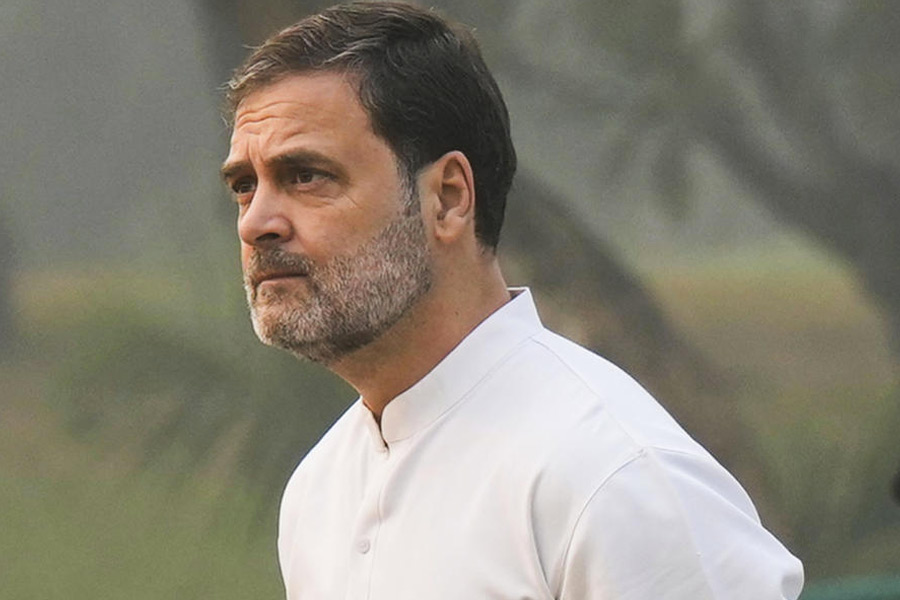The G20 New Delhi Leaders’ Declaration stresses on achieving the 2030 agenda of sustainable goals and scaling up finances for its effective implementation. Paragraph 20 focuses on such labour-specific issues as (future of work, skill gap, decent work and inclusive social protection policies. It further states that G20 nations will achieve sustainably financed universal social protection (SP) coverage and consider social security (SS) benefits for international migrant workers through bilateral and multilateral agreements.
However, the adoption of these critical issues had been possible after several rounds of discussions in Labour and Employment Ministers’ Working Group meetings and the L20 Engagement Group. We, the authors, were invited as subject experts to the latter. During the L20 Engagement Group in Patna and the EWG meeting in Indore, three important issues were raised: (i) extending SP coverage to gig and platform workers; (ii) portability of SS funds of international migrant workers and (iii) selection of appropriate financing mechanism.
Ensuring SS has been a long overdue objective since the early 1950s. The International Labour Organization Convention 102 of 1952 on Social Security and ILO Recommendation 202 of 2012 on Social Protection Floors provide a normative framework to ensure SS for all. The World Social Protection Database says there is a staggering variation in SS coverage between Global North and South. Till 2020, only 46.7% people across the world a52.4% within G20 countries were effectively covered by at least one social protection benefit as defined in SDGs target 1.3.1.
Most countries in Asia and the Pacific (44.1%) and Africa (17.4%) are below the global average, whereas in Europe/Central Asia and North America, the coverage was 84% and 64%, respectively. Of the global labour force, 61% are informal having no social insurance. Around 52.4% of the workforce is informal in G20 countries. In India, according to the PLFS 2020-21, there are about 541 million workers, of which only 9% have SS. The rate of informality is lower in most upper-middle-income countries (UMICs) like Indonesia (19.8%), Mexico (43.4%), Argentina (51%) and South Africa (57.8%).
One reason for this wider gap in SP is associated with lower public and private sector expenditure. The average global expenditure on SP (excluding health) is less than 13% of GDP. Of the G20 countries, 10 are high income (HICs), while 8 are UMICs; India is the only low-middle-income country (LMIC). HICs spend six times the average expenditure of LMICs (2.5 % of GDP). Within the G20 group, India and Indonesia are the lowest spenders on social protection (1.4% and 1.3%, respectively). France and Italy spend more than 20% of their GDP on SP while Brazil spends 15.7% of its GDP on SS. But researchers have also found that an income many times higher does not necessarily mean higher spending on SP because of political priorities and social preferences.
A major issue is how social security can be effectively financed. There are three models to finance SS: contributory scheme, non-contributory scheme (from general taxation) and a combination of both. Contributory schemes are financed by compulsory contribution by employees, employers and the State; but this is only possible where a clear employer-employee relationship can be identified. However, in most UMICs and LMICs, a high share of workers is self-employed; in India, their share is 57.3%. Hence different models of financing should be applied. A non-contributory model is largely based on tax financing. In Japan, Saudi Arabia, Turkey and Indonesia, a 100% contributory system of financing is available, but only in the formal private or public sector. In the United States of America (88.7%), China (82.6%) and South Africa (83.3%), more than 80% of the SS fund is financed by contributions while in Mexico and Argentina less than 40% of the fund is financed by contributions. In India, 68.2% financing is done through contributions but this is exclusively in the formal sector, which barely accounts for a tenth of all workers. Canada, Australia, Mexico and Russia have both contributory and non-contributory schemes. The larger issue in the context of developing/emerging countries is that these SS schemes are mainly available to formal workers even though the share of informal workers is high in these countries.
Globally, SS can be divided into two types: social insurance and social assistance. Many developing countries are trying to meet the gap in SS through social assistance. To implement the New Delhi Leaders’ Declaration, there is a need to invest more on social insurance rather than on social assistance. Social insurance is more pertinent in tackling informality as it refers to sickness benefit, old age pension, employment injury benefit and maternity benefit.
Finally, it is important to know which model of financing is more appropriate. International evidence suggests that SS coverage can be extended to all by increasing contributory coverage and non-contributory schemes by increasing tax revenue. The latter would enable countries to use a combination of contributory and non-contributory mechanisms of financing SS because some self-employed and the poorest of informal workers would need support from tax revenues to pay the premiums. Many developing countries — Brazil, South Africa and Mexico — have used this combined model of financing with success, enabling coverage expansion.
Santosh Mehrotra is Professorial Fellow, PM Museum & Library, New Delhi, and Ajit Jha is Assistant Professor, Institute for Studies in Industrial Development, New Delhi











